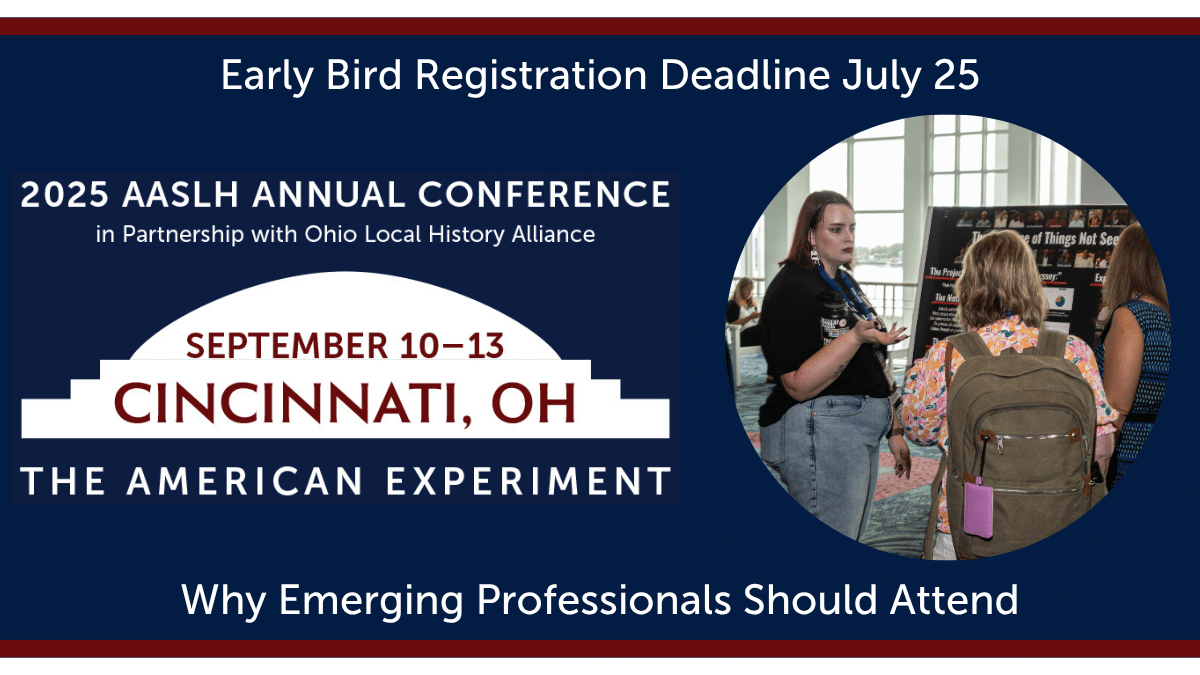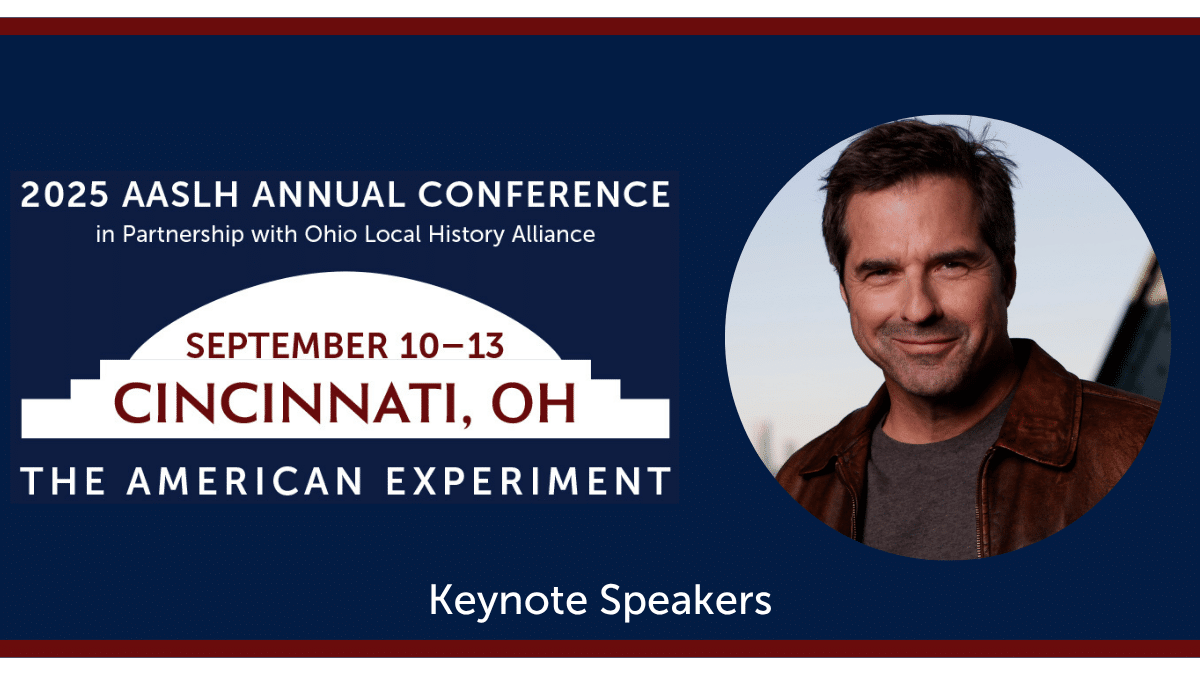Connection…the very concept, elusive as it is, is the thread by which the museum field binds communities together. This is especially true for history museums/organizations, as it’s the stories we maintain and tell that weave the longer community narrative together.
I see this connection extending beyond our jobs and our institutions. It links us directly as both individuals and professionals. Experiencing this sense of connection with colleagues and peers (regardless of their institution’s size or budget) is important for several reasons.
First, it’s helpful to know you’re not alone in the challenges you face. Second, and more importantly, you learn valuable lessons, solutions and approaches you probably wouldn’t have even considered.
But where do we best forge these relationships together? There are lots of ways, but one is to join your state, regional, and/or national museum association. It may seem like I’m singing for my supper (and in some ways I probably am). But much like your museum does for its community, our organizations also exist (among other reasons) to provide connections—to peers, to other institutions, and to best practices in the field. And if you work at a small museum, you may not necessarily have colleagues you can lean on in your organization or even geographic area. Consider associations as a matchmaker.
My colleague, Stacy Klingler, likens these associations to the electric company: both provide the infrastructure for our connections. Can we really function well if either is missing?
Your membership dues pay for the staff and other resources needed to maintain these connections. These folks plan for the future, just as memberships in your small museum support your basic functions. They adapt and respond to the changing needs of both our field and our members.
Our staffs help create, organize and jump-start such engaging, nationwide peer networks as this Small Museum Online Community. Some of us freely provide our time and service. (Yes, most of us would probably pay to work in the museum field, but life’s economic realities—and the fact that we’re not independently wealthy—preclude us from being able to do this.)
Let’s carry the power company analogy even further. When you work in a small museum, you don’t live off the grid. Make sure you’re following/maintaining your connections to the power museum associations offer. We offer plenty of regular, ongoing “juice” to keep you moving onward.
- Daily: Switch on the lights of ideas through Twitter, listservs , and this community
- Monthly/Quarterly: Plug-in to the wider happenings in the world through magazines and newsletters
- Annually: Do a full system maintenance check at annual meetings
Join AASLH NOW and Get Yourself Connected to a critical element to success in your career, profession, and your institution.
Bob Beatty is Vice President for Programs for the American Association for State & Local History where he directs AASLH’s professional development program including workshops, annual meeting, affinity groups (including Small Museums), and publications. From 1999-2007 he directed the Education Department at the History Center in Orlando, Florida. Bob has been a history geek as long as he can remember and is very proud he took the requisite vow of poverty to forge a career out of his obsession with the discipline.




